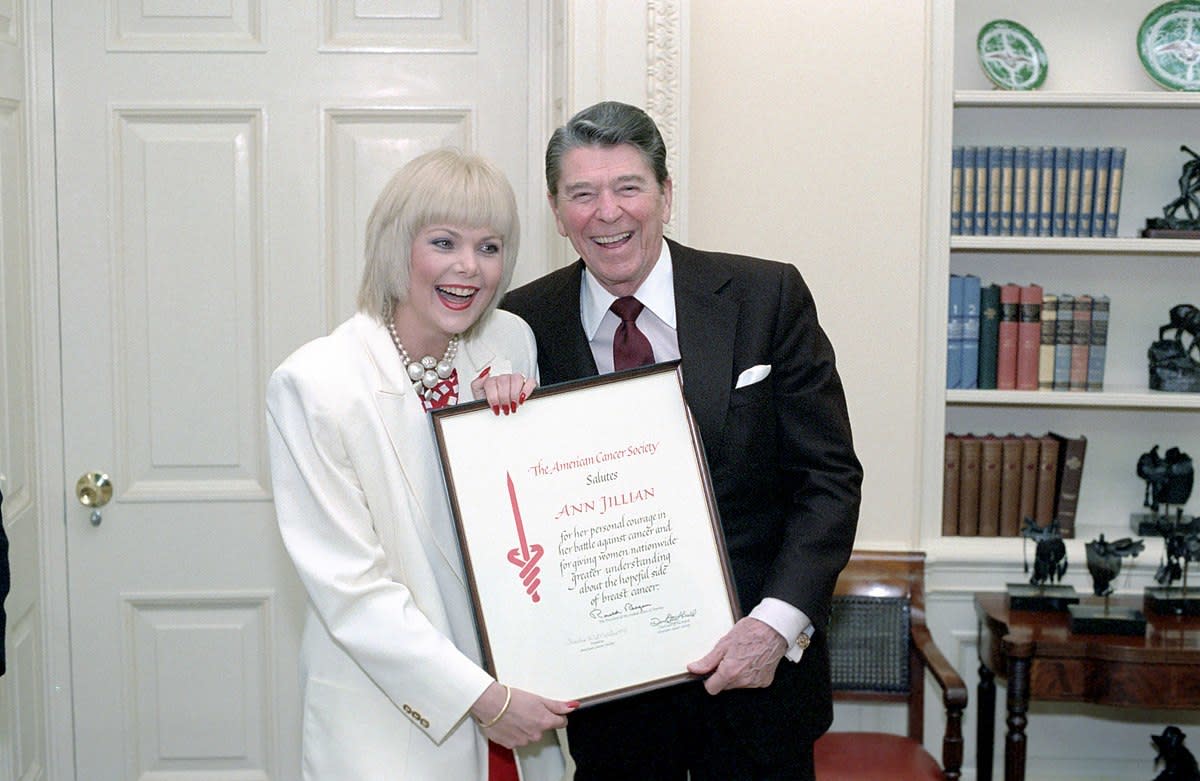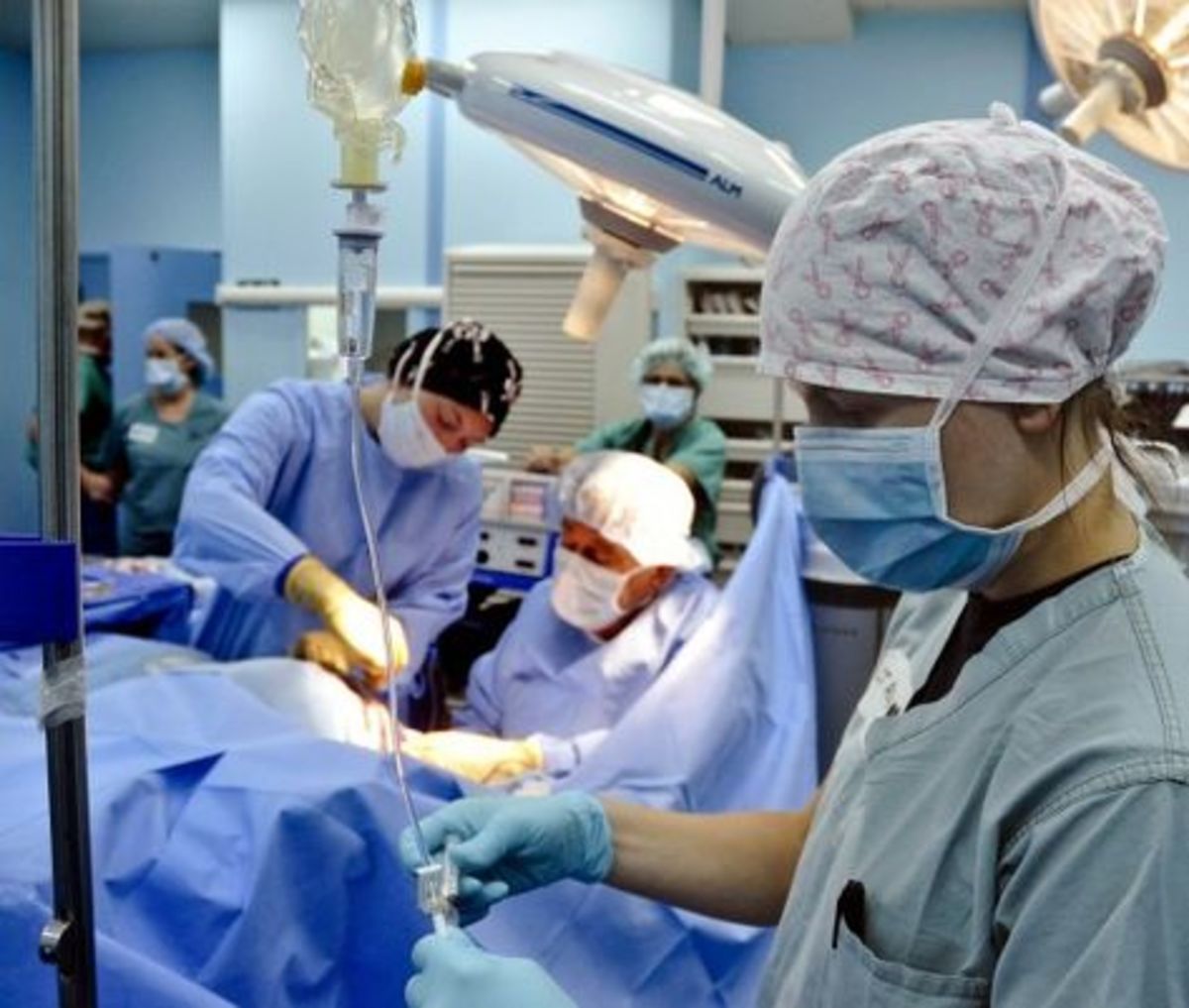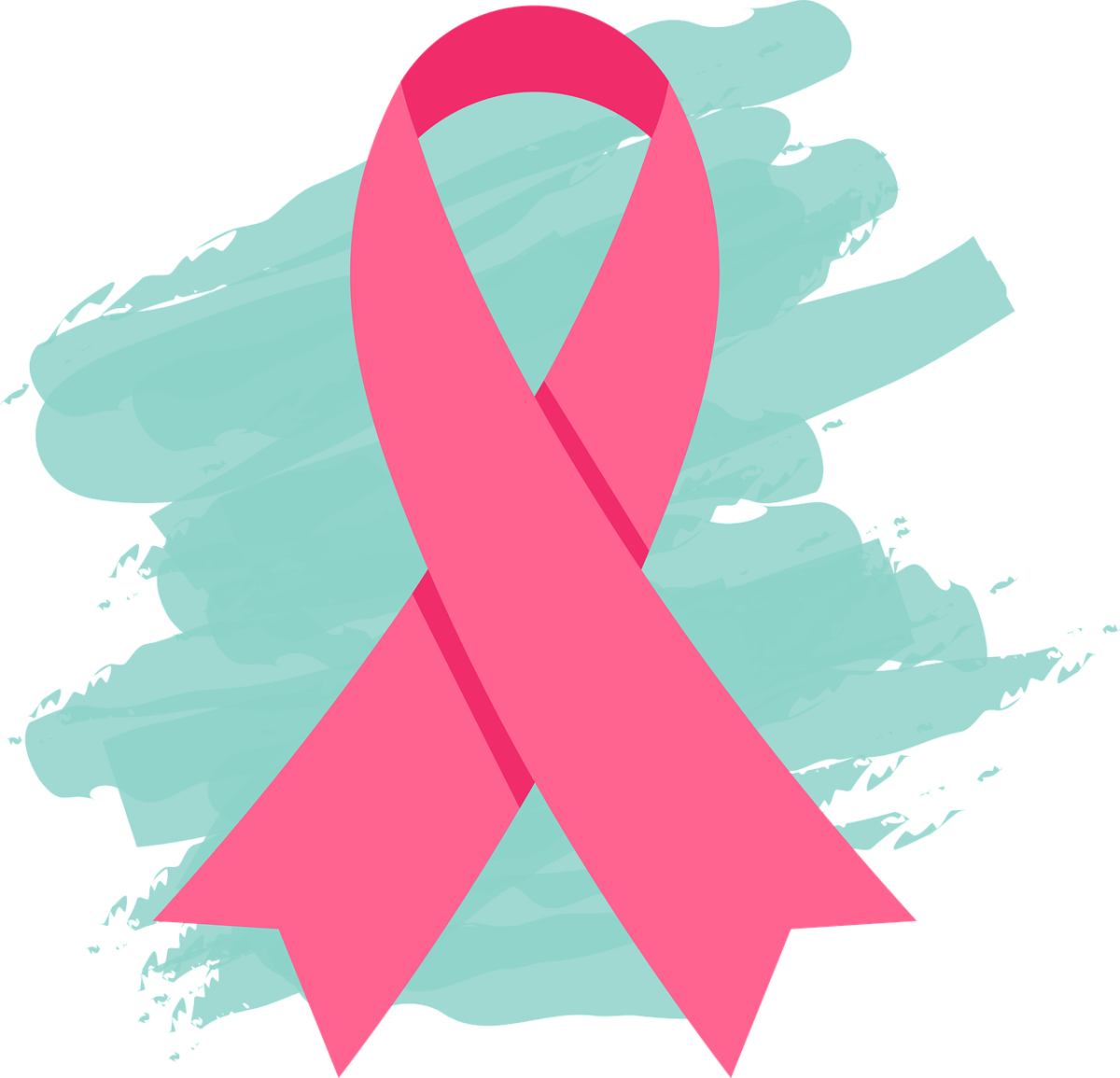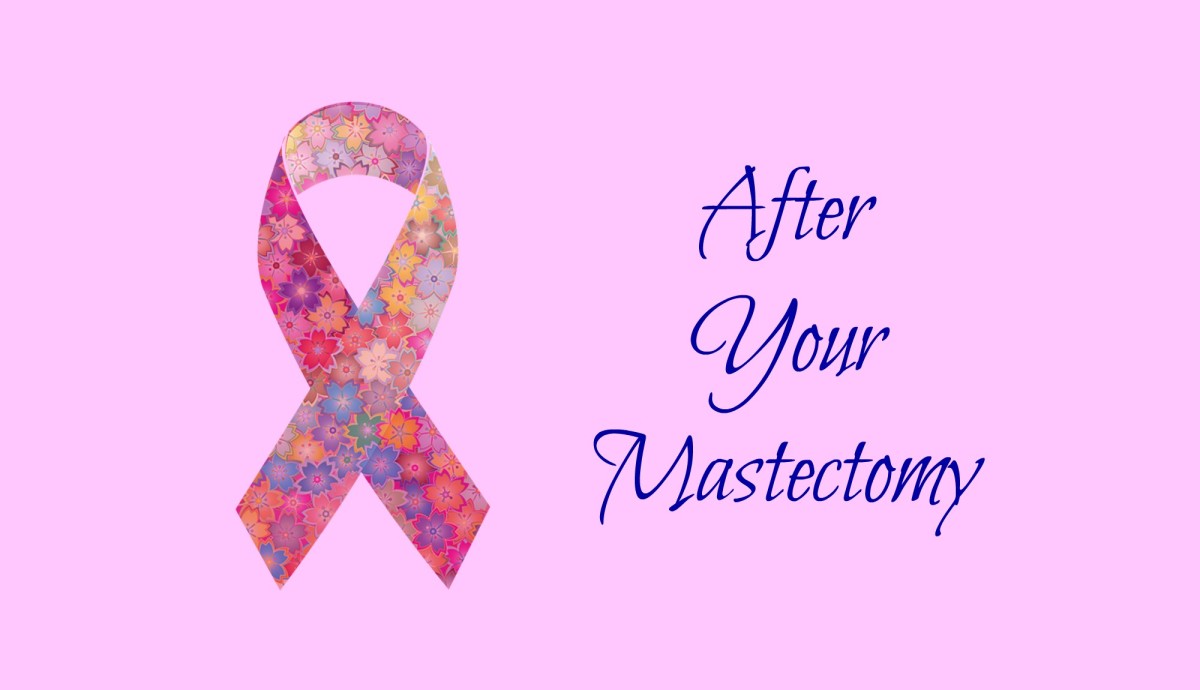Why I Don't Support the Pink Ribbons Project to Raise Money for Breast Cancer
We need a lot more than increased awareness
Pink ribbons are everywhere. Over the last 20 years, they've become the international symbol of breast cancer awareness.
You'll see pink ribbon calendars, earrings, bracelets, writing pens, nail files and running shoes, to name just a few products that sport this distinctly feminine design. You'll even find pink ribbon potato chips and cupcakes (more on these later).
In case you haven't heard, there's now a backlash against the ubiquitous pink ribbon. For many people, they symbolize the ongoing uphill battle against breast cancer. To others, though, they are offensive little pieces of fluff designed to raise "awareness" of a disease that, each year, kills about 40,000 women in the United States alone. This year, another 240,000 women will learn they have breast cancer.
Anyway, I'm part of this backlash. I refuse to buy pink ribbon products or anything with a pink ribbon on the label. There are several reasons why I won't.
The biggest reason is that this feel-good campaign isn't doing anything to help actual breast cancer patients, except, perhaps, giving them a temporary psychological boost if a friend decides to wear a pink ribbon t-shirt in a show of support.
What's missing is an awareness of some of the factors that could contribute to getting breast cancer in the first place, as well as any discussion that the current standard of medical treatment has failed many patients. Also, it doesn't appear as if superior mainstream therapies are on the horizon.
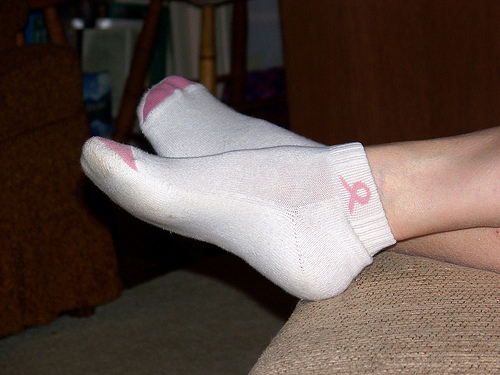
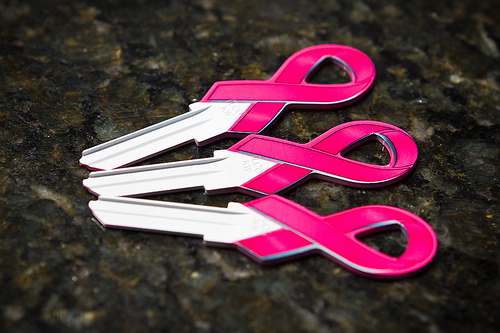
Natural Cancer Treatments that Have a Good Track Record
Non-Toxic Treatments that Work
Pink Ribbons on Unhealthy Foods?
I'm not the only one who's noticed pink ribbons popping up on all kinds of processed foods, such as potato chips, as well as foods that may help fuel existing malignancies, such as cupcakes. There are an awful lot of cupcakes with pink frosting, or creme-colored frosting with pink candy "ribbons."
All of these confections are filled with sugar, which has a natural affinity for cancer cells. Actually, cancer cells consume much more glucose that healthy cells do. This is why patients consume a glucose drink before going for a PET scan to see if their cancer has spread. It's a well-known fact that sugar feeds cancer.
Unfortunately, pink cupcakes, right now, are all the rage.
Of course, there's the political aspect of the pink ribbon campaign, designed to raise awareness of breast cancer, as if the public needs any more awareness of this dreadful disease.
In the United States, breast cancer now strikes one in eight women. So just about everyone knows someone who has either lost their life it or is currently fighting for their life. So I'd say that everyone is already painfully aware.
Much of the money generated by the pink ribbon brigade is then donated to the early detection cause. This, invariably, means mammography. I won't get into the debate here about whether widespread screening is always a good thing, and whether it is wise to subject younger women to this test, which involves irradiating sensitive breast tissue.
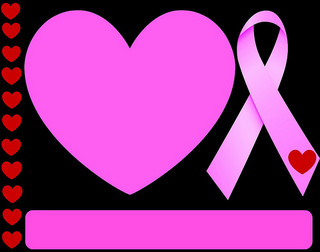
The Problem With Mammography
Mammography can help detect breast cancer, but it doesn't offer a cure. Plenty of women have faithfully gone for their yearly mammogram, discovered a cancer that was "caught early," and then submitted to surgery, chemotherapy and radiation. And they still die from breast cancer.
Obviously, we need something a lot better than mammography to stop the death toll. Instead of increased awareness, what we really need are safe, effective and non-toxic treatments that can restore health, as they have in other countries, such as in Mexico and in Germany.
Knowing such treatments exist would certainly lessen the fear factor. Being diagnosed is very scary indeed, because the available treatments are mutilating and debilitating. Chemotherapy, which is only palliative in the case of metastatic breast cancer, causes nausea, anemia, hair loss, lowered resistance to disease and possibly life threatening heart problems.
Even after going through these treatments, the outcome is still very uncertain.
Some women are so afraid of getting breast cancer, they opt for prophylactic mastectomy, even though they have no cancer.
Ideally, we need good prevention strategies to stop breast tumors from developing in the first place. Although mammography can detect, it doesn't prevent. Even worse, it may account for some additional cases. Breast tissue is very sensitive to radiation and radiation causes cancer.
Alternative Cancer Guru Bill Henderson's Book
Adopting a Healthier Lifestyle
The dietary aspect of breast cancer has long been ignored by the pink ribbon machine and the mantra of "think pink."
Most mainstream practitioners are not telling patients to avoid refined sugar.
There is also no attention paid to the possibility that dairy consumption may play a role in the development of breast cancer, a disease that's become an epidemic in Western Countries, but still rarely seen in China, where little milk is consumed.
Then, there is the problem of genetically modified foods, especially in the United States, as GMOs are not banned as they are in some other countries.
French researchers have documented an increase of breast cancer in animals that eat genetically modified corn products. It's a safe bet those sugar-laden pretty pink cupcakes, baked to raise breast cancer awareness, are made with dairy products and filled with genetically modified ingredients.
Disclaimer: These statements have not been evaluated by the Food and Drug Administration (FDA). These products are not meant to diagnose‚ treat or cure any disease or medical condition.
This article is only an opinion piece and does not constitute medical advice. The author bears no responsibility for treatment decisions. People with health concerns should consult a physician.
Huffington Post Article on Pink Ribbons
- Strangled By Their Own Pink Ribbon | Jude Callirgos
I quickly discovered a very hard line between people who considered themselves serious advocates in the fight against breast cancer and those who are still foolishly drinking the Komen Kool-Aid. You cannot be both. Here are the key points outlining w
Disclosure
I am a participant in the Amazon Services LLC Associates Program, an affiliate advertising program designed to provide a means for sites to earn advertising fees by advertising and linking to amazon.com.





